Top 10 Trends Shaping the Automotive Industry
Discover the top 10 trends revolutionizing the automotive industry today. Stay ahead in innovation and design.

The trends in the automotive industry are shaping the future of transportation, revolutionizing how we interact with vehicles. From electric vehicles to autonomous driving, the automotive landscape is undergoing a massive transformation. These trends not only redefine the driving experience but also challenge traditional automotive manufacturing and ownership models. Let's dive into the top 10 trends that are currently revolutionizing the automotive industry, offering a glimpse into what the future of transportation might hold.
Trends in the Automotive Industry
This article explores the pivotal trends making waves in the automotive industry. Advances in technology, shifts in consumer preferences, and growing environmental concerns are steering the industry in new directions. As we look ahead, these trends promise to deliver innovative solutions, reshape consumer expectations, and pave the way for a more sustainable and connected automotive ecosystem.
List of Top Choices
- Electric Vehicles (EVs)
- Autonomous Driving
- Connected Cars
- Shared Mobility
- Sustainable Materials and Manufacturing
- Advanced Driver Assistance Systems (ADAS)
- Personalization and Customization
- Subscription-Based Models
- Cybersecurity
- Vehicle-to-Infrastructure (V2I) Communication
Electric Vehicles (EVs)
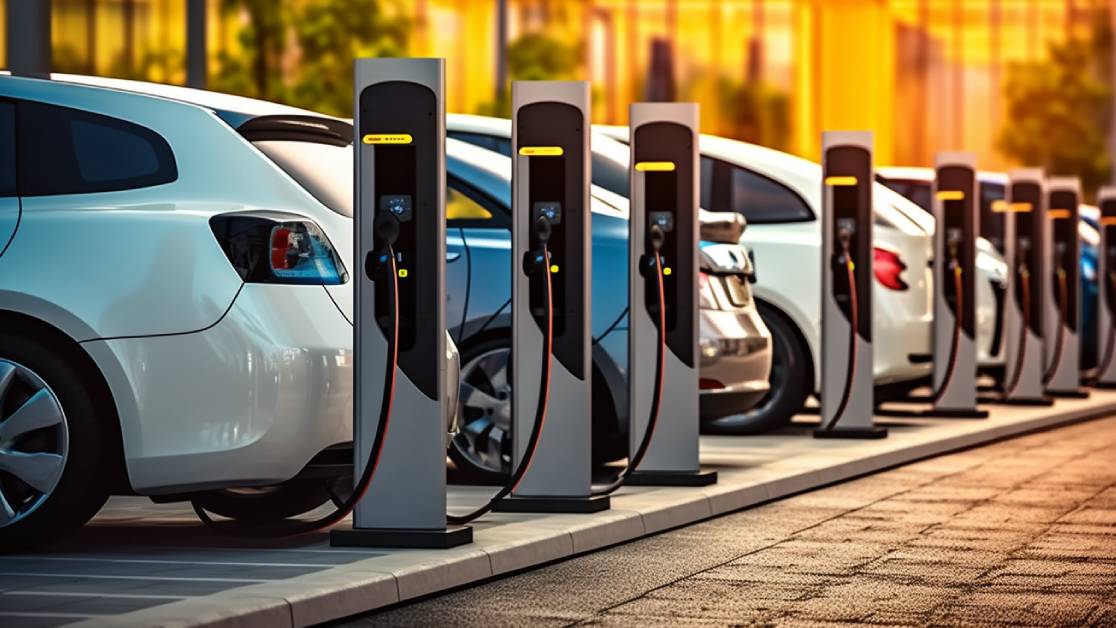
- Zero emissions contribute to a cleaner environment.
- Lower operating costs compared to gasoline-powered vehicles.
- Increased investment and innovation in EV technology.
Electric Vehicles (EVs) are at the forefront of the automotive industry's shift towards sustainability. As governments worldwide incentivize EV adoption and manufacturers ramp up their EV offerings, consumers are becoming more eco-conscious. This drive towards electric mobility is fueled by the promise of zero emissions, significantly lower operating costs, and the rapid advancement in battery technology. The growth in public charging infrastructure is also easing range anxieties, making EVs a viable option for more drivers each day.
Autonomous Driving

- Improves road safety by reducing human error.
- Enhances mobility for elderly and disabled individuals.
- Transforms the concept of vehicle ownership and usage.
Autonomous Driving technology is revolutionizing the way we think about travel. By leveraging advanced sensors, AI, and data analysis, self-driving cars aim to significantly reduce accidents caused by human error, offering a safer driving environment. Beyond safety, autonomous vehicles hold the promise of enhanced mobility for people who are currently unable to drive, such as the elderly and those with disabilities. This technology is also anticipated to change the traditional model of car ownership, with shared autonomous vehicles potentially becoming more common.
Connected Cars
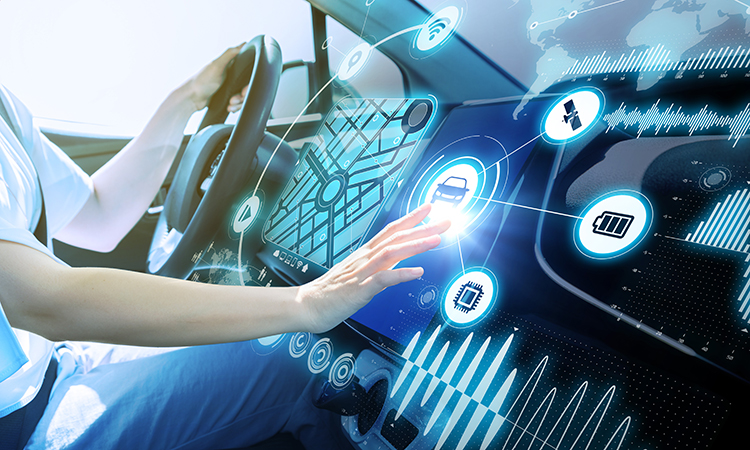
- Real-time traffic and weather updates enhance driving decisions.
- Remote diagnostics and over-the-air updates for ease of maintenance.
- Integration with smart devices for a seamless digital lifestyle.
The emergence of Connected Cars represents a significant leap towards integrating the automotive world with the internet of things. Cars that are connected to the internet offer drivers numerous benefits, including real-time traffic alerts, weather updates, and the convenience of remote diagnostics, reducing the need for physical service visits. Updating software over-the-air, similar to how smartphone updates are delivered, enhances vehicle performance and security without inconvenience to the owner. Additionally, the integration of vehicles with smartphones and home devices brings about a more connected, cohesive digital experience for the user.
Shared Mobility
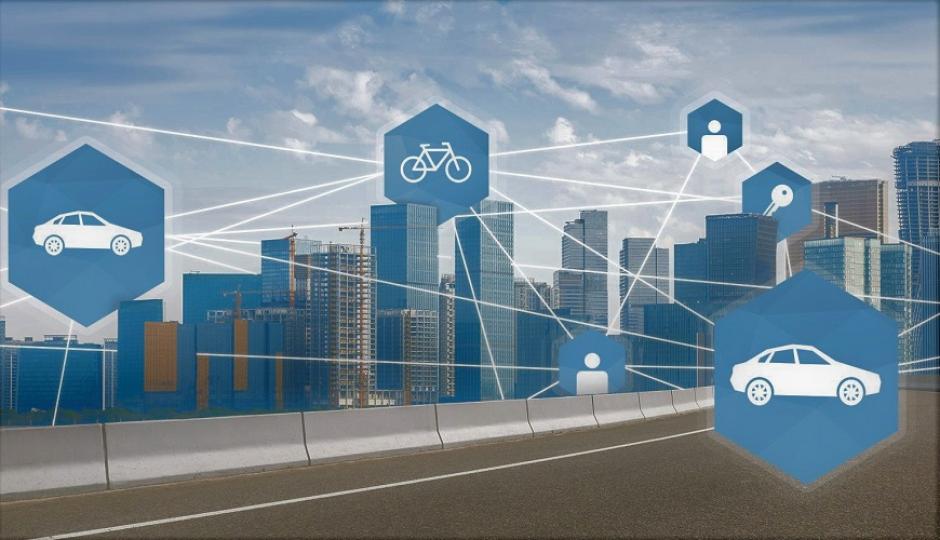
- Addresses urban congestion and parking issues.
- Provides affordable transportation options.
- Encourages a shift away from personal vehicle ownership.
Shared Mobility, which includes services like ride-sharing and carpooling, is transforming urban transportation. By utilizing shared vehicles, cities can significantly reduce congestion and the need for extensive parking spaces. For consumers, shared mobility offers a cost-effective alternative to owning a personal vehicle, with the flexibility to choose different modes of transportation according to their needs. This concept not only supports environmental sustainability by lowering vehicle emissions but also aligns with changing lifestyles, particularly among younger urban dwellers who prioritize access over ownership.
Sustainable Materials and Manufacturing

- Reduction in the carbon footprint of vehicle production.
- Use of recycled materials reduces waste and promotes sustainability.
- Innovative, eco-friendly manufacturing processes.
The shift towards Sustainable Materials and Manufacturing in the automotive industry reflects a broader commitment to reducing environmental impact. By adopting more eco-friendly materials, such as recycled plastics and plant-based fibers, manufacturers are lowering the carbon footprint of their vehicles. This move towards sustainability is further supported by innovations in manufacturing processes that conserve energy, minimize waste, and reduce harmful emissions. As consumers become increasingly aware of environmental issues, the demand for vehicles made with sustainable practices will continue to grow, pushing the industry towards greener solutions.
Advanced Driver Assistance Systems (ADAS)

- Enhances vehicle safety with features like adaptive cruise control and automatic braking.
- Reduces driver stress and fatigue on long journeys.
- Acts as a stepping stone towards fully autonomous vehicles.
Advanced Driver Assistance Systems (ADAS) are becoming the standard in new vehicles, providing a safer and more comfortable driving experience. By assisting the driver through features like adaptive cruise control, blind spot detection, and emergency braking, ADAS technologies significantly reduce the potential for accidents. These systems not only protect passengers but also contribute to the well-being of drivers by reducing stress and fatigue, especially during long journeys or in complex driving conditions. As these technologies evolve, they serve as critical milestones on the path towards fully autonomous driving.
Personalization and Customization
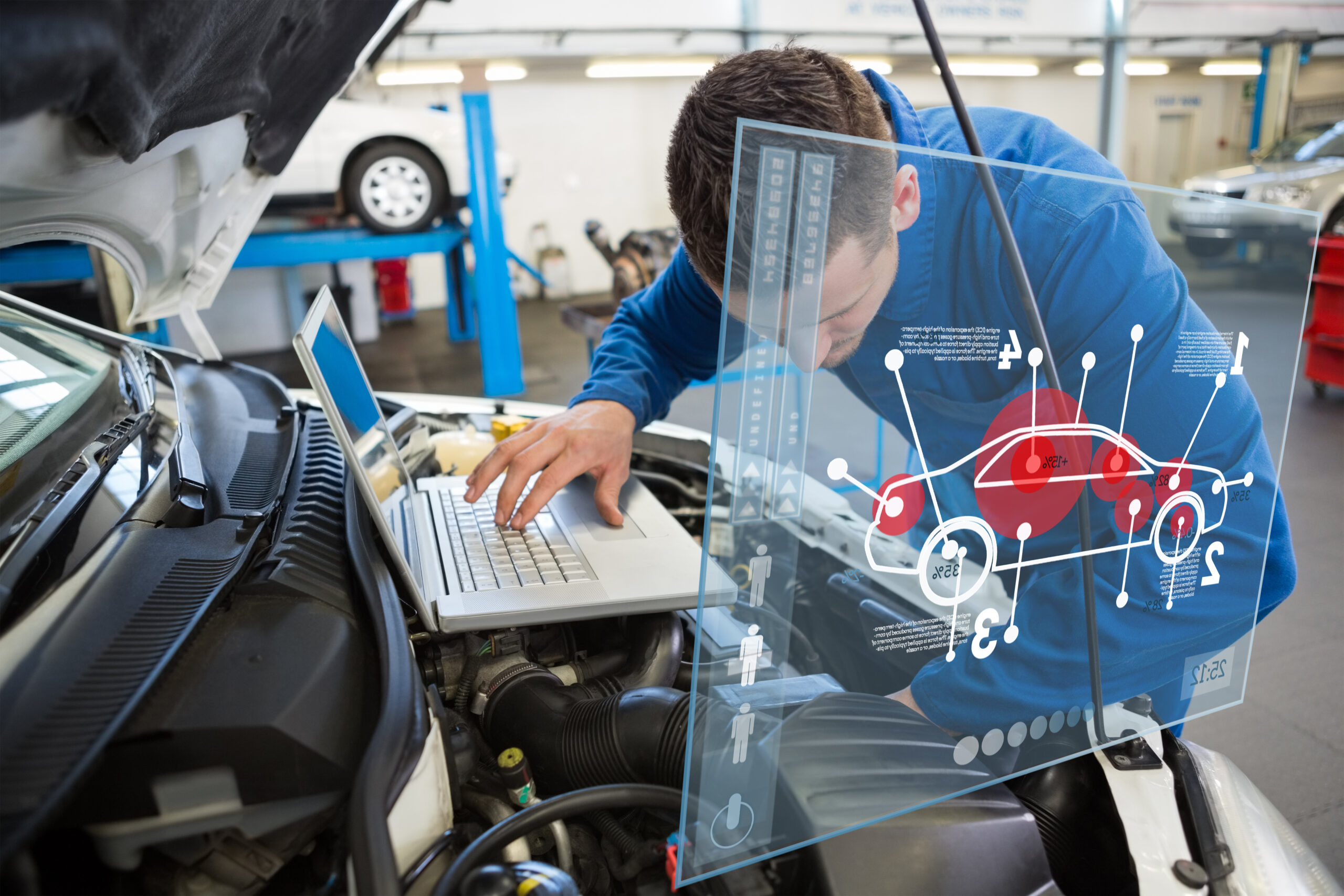
- Enables drivers to tailor their vehicles to personal preferences.
- Expands options for vehicle functionalities and aesthetics.
- Increases driver engagement and satisfaction.
In today’s market, Personalization and Customization play key roles in shaping consumer decisions. Automakers are offering more options for drivers to customize their vehicles, from advanced entertainment systems to unique color schemes and materials. This trend not only allows consumers to express their personalities through their vehicles but also enhances user satisfaction and engagement by enabling a driving experience tailored to individual preferences. As technology advances, the range of customizable options will continue to grow, further enriching the relationship between drivers and their cars.
Subscription-Based Models
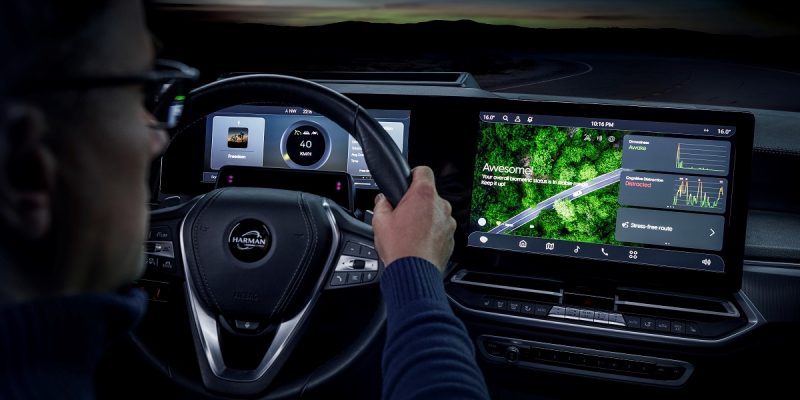
- Offers flexibility in vehicle possession and usage.
- Includes bundling of insurance, maintenance, and other services.
- Appeals to consumers seeking alternatives to traditional ownership and leasing.
Subscription-Based Models represent a significant shift in how consumers access and use vehicles. Rather than purchasing or leasing a specific car, customers can now subscribe to a service that allows them to use various vehicles for a set period. This model often includes insurance, maintenance, and other services, simplifying the customer’s experience and offering unparalleled flexibility. Particularly appealing to those who desire a hassle-free approach to vehicle access, subscription models point towards a future where personal mobility is defined by convenience and adaptability.
Cybersecurity

- Protects vehicles from digital threats and hacking attempts.
- Ensures the safety and privacy of driver data.
- Integral for the trustworthiness of connected and autonomous vehicles.
As vehicles become more connected, Cybersecurity has emerged as a paramount concern. The rise of connected and autonomous vehicles introduces new challenges in protecting against digital threats and ensuring the safety and privacy of driver data. Automakers and technology companies are heavily investing in cybersecurity measures to safeguard vehicles from hacking attempts that could potentially endanger lives. Building robust cybersecurity frameworks is not only critical for the safety of these advanced vehicles but also essential for maintaining public trust in automotive technologies.
Vehicle-to-Infrastructure (V2I) Communication
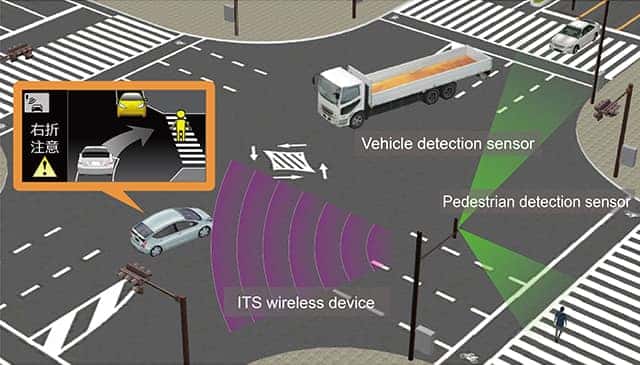
- Improves traffic flow and reduces congestion.
- Enhances road safety by communicating with traffic signals and signs.
- Facilitates the integration of autonomous vehicles into the traffic system.
Vehicle-to-Infrastructure (V2I) Communication is a key component of the intelligent transportation systems of the future. By enabling vehicles to communicate with traffic infrastructure, such as lights and road signs, V2I technology aims to improve traffic management, reduce congestion, and increase safety. This communication allows for more efficient navigation and routing, which is especially crucial as cities become more congested. V2I is also essential for the smooth integration of autonomous vehicles into existing traffic systems, ensuring that they can operate safely and effectively alongside traditional vehicles.
The automotive industry is undergoing an unprecedented era of change, driven by these ten key trends. From electric vehicles to V2I communication, the future of mobility is being shaped by technological innovation, consumer preferences, and an increasing focus on sustainability. As we look forward, these trends will continue to evolve, offering exciting opportunities and challenges alike for automakers, consumers, and the environment. The journey ahead promises a radical transformation of the automotive landscape, steering us towards a more connected, efficient, and sustainable world.
What's Your Reaction?































































